Crochet Hooks
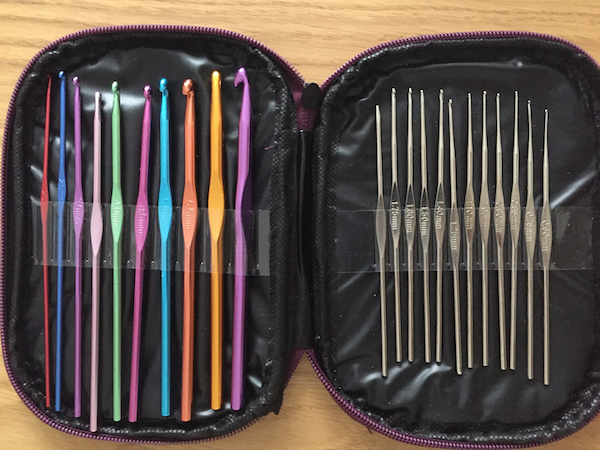
This craft uses crochet hooks instead of needles as most crafts need some implement to help in making the loops and then in turn making the item.
The hooks can be bought as single ones or in a set with all the different sizes. The thickness of the hooks vary and will depend on the ply of wool that is being used and the item being made.
Some types of lace can be made by crochet and will use very fine metal hooks. The larger hooks can also be made out of plastic, aluminium, bamboo or wood.
I must admit my preference is the aluminium ones as these move in and around the wool easier than the others. The plastic ones tend to stick a little but as with everything it is just a matter of preference, so choose the one that suits you best.
The tension is another important specification as this sets the size of the stitch.
Using different sized hooks with the same ply of wool or yarn can give a tighter feel or make the stitch pattern look more open and the look you are after perhaps.
If you liked a pattern stitch but didn't want it to be as dense then using a larger hook could open the pattern out a little.
The size of hooks begin really fine at 0.6mm and can go to 20mm and beyond.
These increase in 0.25mm up to 4mm and then increase by 0.50 after that.
The US sizes are different to the UK.
Parts of a crochet hook

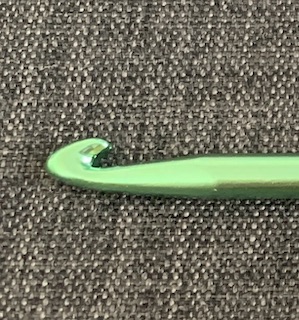
The tip of the crochet hook is used to pick up the wool to then pull it through the loops. It is also used to start a string of chain stitch with a slip stitch.
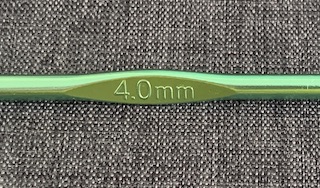
On a crochet hook there is a flattened area that may or may not have the size of that particular hook embossed into it. This area is called the thumb rest. This allows for a better grip.

The area between the thumb rest and the tip of the crochet hook is called the shank. This part of the hook is responsible for the size of the loop.

The area found after the thumb rest is called the handle to help with the holding of the hook and crocheting in general.
Holding the Crochet Hooks
When learning to hold a crochet hook choose one of medium thickness not one that is really fine or very chunky.
I started with a 4mm hook and double knit wool, a lot of patterns use these as a starting point so it is a good place to start to learn crocheting.
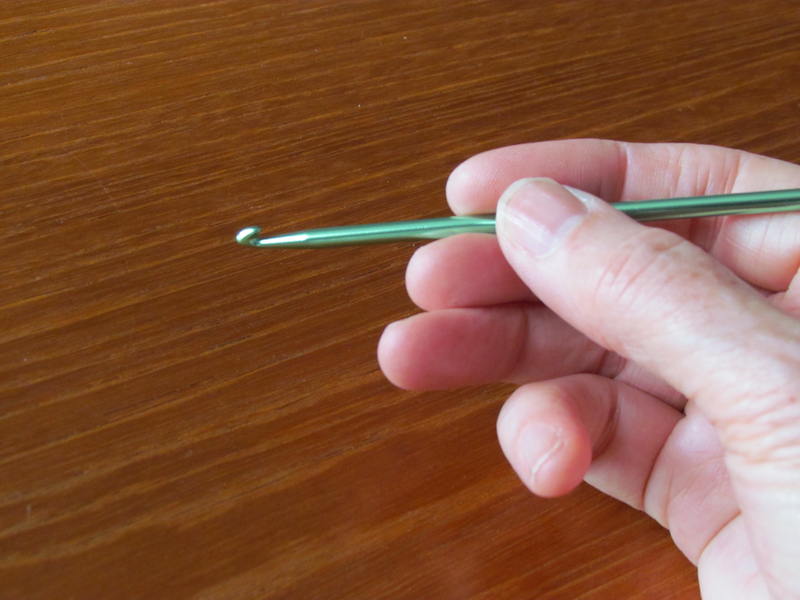
Holding a crochet hook is purely a personal decision and that depends on what is comfortable for you.
Instructions say to hold it like a pencil as shown above.
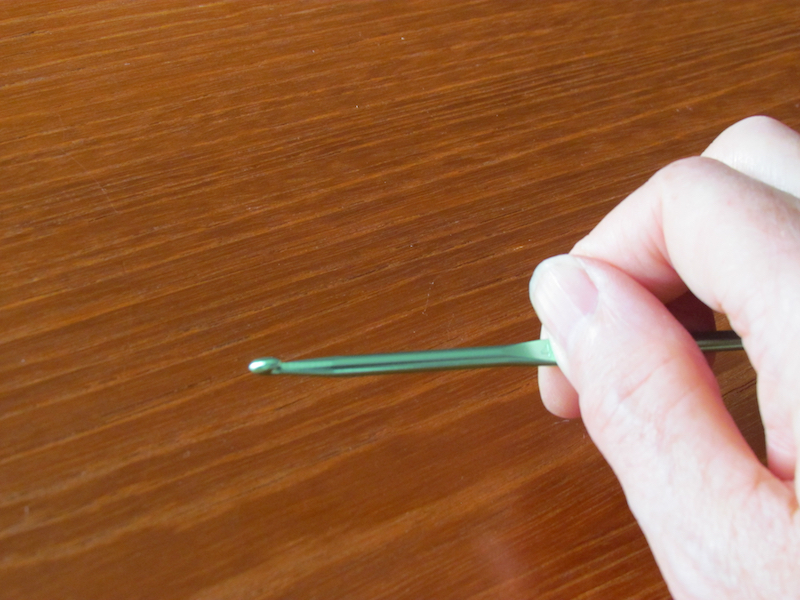
The way I prefer to hold the hook is like a spoon as I feel I can get a better hold to go in and out of the stitches. I have seen some people hold the hook like a knitting needle. Totally a personal preference.
Which hook to choose?
The shank of the hook dictates what size the loop will be and in the top picture the range of sizes can be seen but there are bigger ones as well.
The pattern will usually say what size of hook to use to get the best version of the item you are making. The smaller the hook the finished product will be denser but if the hook size is increased by one or two sizes this could result in a looser feel.
This would be fine if a blanket was being made as a relaxed feel makes a blanket feel more appealing however if a basket to hold things in was the created item then a tighter or denser stitch would help the basket keep its shape and stand on its own.
Take time to practise
When starting a new craft and getting used to the way to hold the equipment takes time and a lot of patience.
I spent a long time just getting used to the hook and trying to hold the wool. This usually ended up with my fingers and wool getting all tangled up together but eventually I managed to get a short chain that looked somewhat even all the way along.
Get into a good comfortable sitting position and relax while you practise. That way the process will be better.
The best stitch to start with is the chain stitch see how long you can make the chain, try and count how many are there. Then... and this will be hard for most to do.. pull it back and start again until you are confident with holding and using the crochet hooks.
I find the hardest row to do is the first row after the foundation chain stitches. This is the row where the hook goes under two strands of each chain and that can take a while to make sure all the stitches have been used when the counting is done at the end.
The beauty about crochet is that it grows quickly so I have no qualms about pulling anything back in order to make it look better.
Enjoy the great craft..
- Home
- How to Crochet For Beginners
- Crochet Hooks
Affiliate offers
Please take care with any soft furnishing that it does not come into contact with any heat source.
If you have found an error on this page or want some more information on sewing cushions.
Please contact me . Thank you
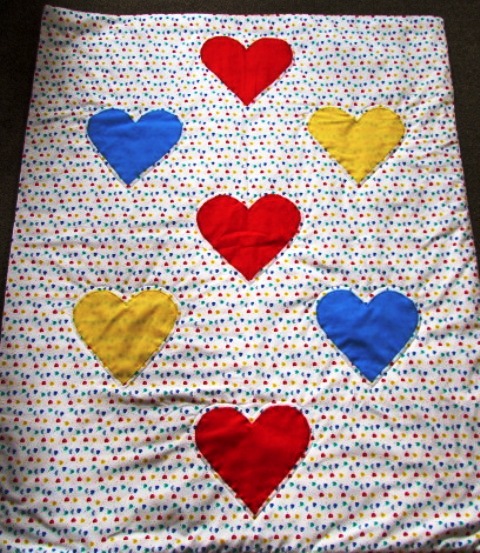
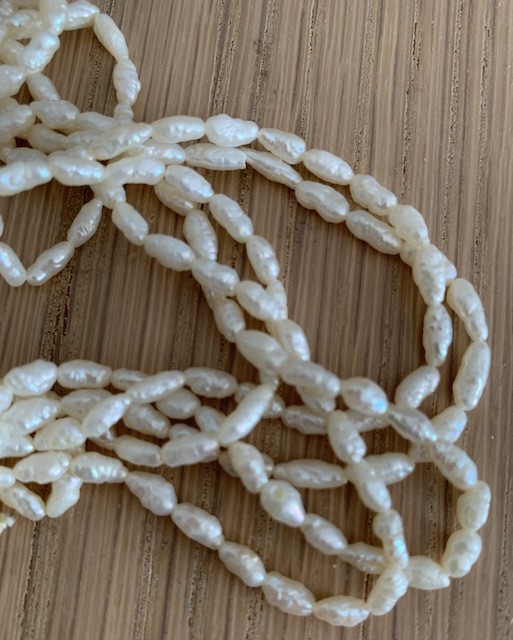
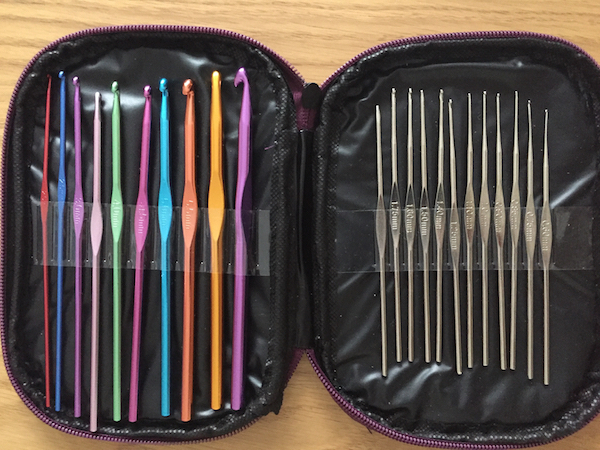
New! Comments
Have your say about what you just read! Leave me a comment in the box below.